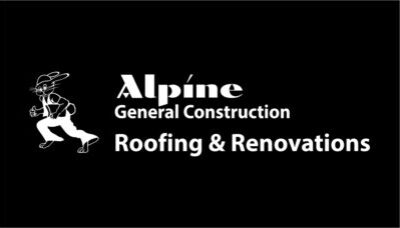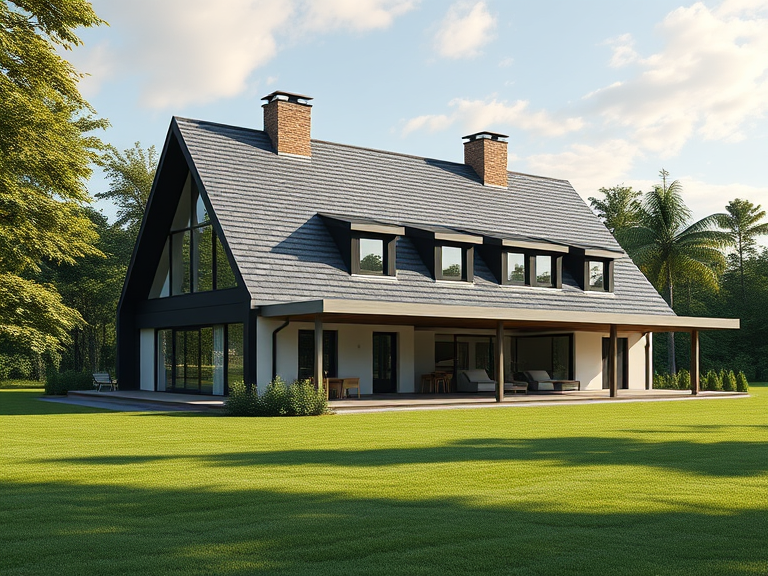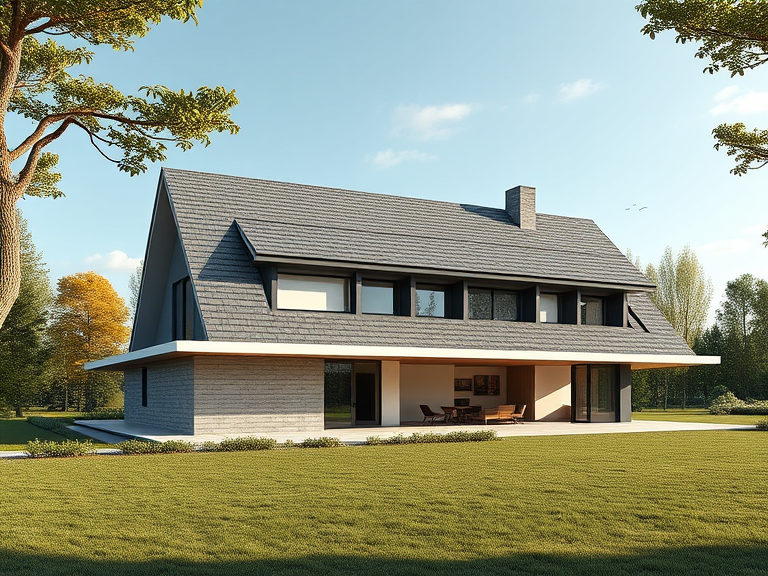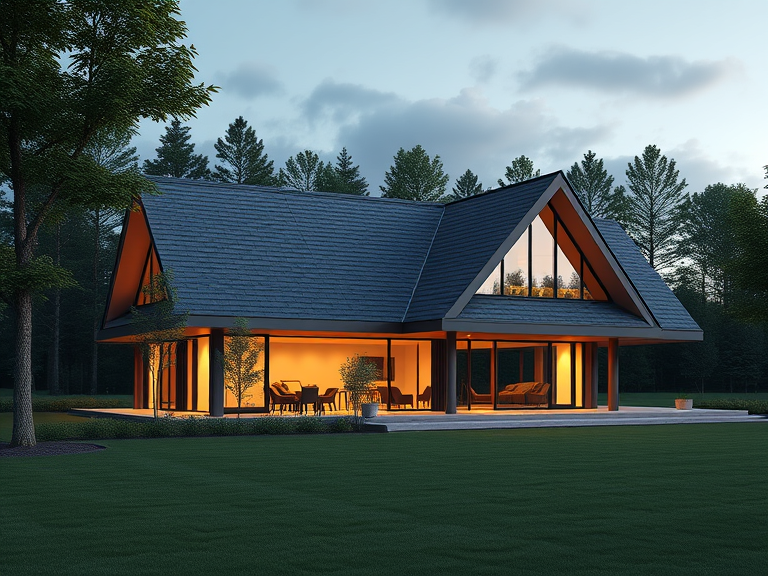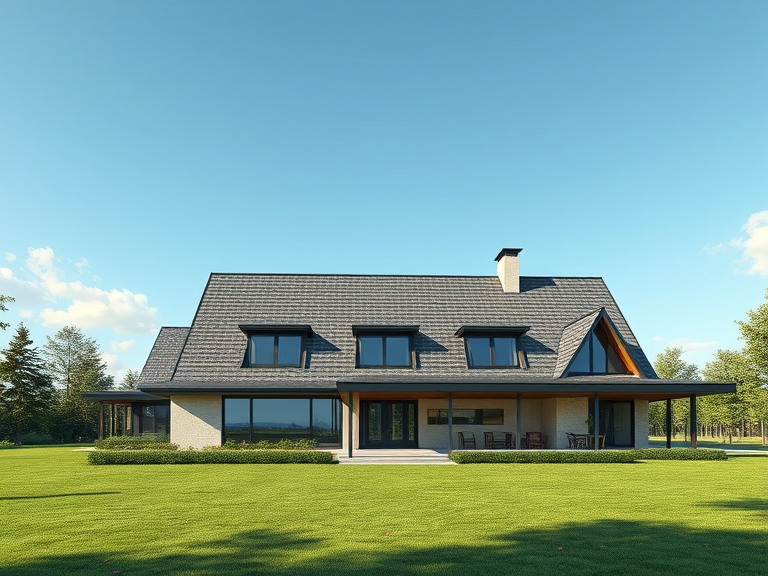
Roofing shingles are one of the most widely used materials for sloped roofs. These are primarily flat, overlap-designed components that protect the structure beneath them from environmental elements, such as rain, snow, and sun. Shingles come in various materials, including asphalt, wood, metal, slate, and tile, each exhibiting unique characteristics suited for different applications. Among these, asphalt shingles are the most common due to their affordability and ease of installation.
Asphalt shingles can be further categorized into two main types: three-tab and architectural shingles. Three-tab shingles feature a flat design and are typically less expensive, making them popular for budget-conscious homeowners. In contrast, architectural shingles offer a more dimensional look, simulating the appearance of wood or slate at a lower cost. They often carry a longer warranty and perform better in harsh weather conditions, making them an appealing choice for many. Other material options, such as metal or tile, tend to be favored for their durability and longevity but may require a higher initial investment.
The advantages of shingles extend beyond aesthetics and cost. They are lightweight, which makes them easy to handle during installation, and their installation process is generally less labor-intensive compared to other roofing materials. Additionally, the availability of various styles and colors allows homeowners to enhance their property’s curb appeal. However, despite these advantages, incorrect installation poses a significant risk, leading to premature deterioration or leaks. To ensure a functional and lasting roof, it is essential to understand the characteristics of roofing shingles and the common mistakes to avoid when installing shingles on your roof. Proper attention to detail during the installation process can significantly influence the lifespan and performance of the roofing system.
Importance of Proper Measurement and Planning
Accurate measurement and thorough planning represent the foundational steps in any roofing project, especially when it comes to shingle installation. One of the common mistakes to avoid when installing shingles on your roof is neglecting to measure your roof accurately. A precise measurement allows homeowners to determine the amount of material needed, thus preventing unnecessary waste and expense. Inaccurate measurements can lead to ordering too many or too few shingles, which not only increases costs but can also delay the project’s completion.
A detailed plan should also include factors such as the roof’s dimensions, pitch, and any obstructions like vents or chimneys. These elements influence the type and quantity of shingles required. Failing to take them into account may result in operational inefficiencies or the need for unexpected adaptations during installation. Additionally, calculating the roof area accurately ensures that the correct underlayment and flashing materials are procured, which serve as essential protective layers against water infiltration.
Furthermore, proper planning encompasses a consideration of local building codes and regulations, which are vital in ensuring compliance and avoiding legal issues down the line. Each area may have specific requirements regarding material types and installation methods that must not be overlooked. By addressing these regulations in the initial stages, homeowners can avoid potential complications that could arise from improper installation.
Ultimately, meticulous measurements and robust planning play crucial roles in the success of shingle installation. By prioritizing these elements, homeowners minimize the risks associated with mistakes in their roofing project. Ultimately, a well-measured and constructed plan sets the groundwork for a durable and reliable roofing system that can withstand the elements.
Ignoring Weather Conditions
The installation of shingles on your roof is a critical task that requires careful consideration of various factors, with weather conditions being one of the most significant. Understanding the impact of weather on roofing projects can help avoid costly mistakes. Ideally, the best weather for shingle installation is dry and mild, with temperatures typically between 50 and 80 degrees Fahrenheit. Conditions within this range facilitate proper adhesion and allow workers to complete the task efficiently.
On the other hand, installing shingles during adverse weather conditions can lead to a myriad of issues. For instance, high winds can cause shingles to lift prematurely, which significantly diminishes their effectiveness and can lead to leaks. Similarly, working during a rainstorm might cause moisture to seep beneath the shingles, leading to mold growth and long-term damage to the roof structure. Cold weather poses another risk, as shingles become brittle and less pliable, making them more susceptible to breakage during installation. As a result, neglecting to assess the weather forecast before commencing a roofing project ranks among the essential mistakes to avoid when installing shingles on your roof.
Moreover, it is essential to remember that weather conditions can change rapidly. A forecasted sunny day can shift unexpectedly to rain or strong winds, indicating the importance of constant monitoring of conditions throughout the installation process. Protecting newly installed shingles with tarps during unexpected weather changes can also serve as a precautionary measure to prevent damage. Consequently, careful planning and timing of your roofing project, aligned with prevailing weather conditions, can significantly enhance the longevity and effectiveness of your new shingles, ensuring a successful installation.
Importance of Roof Deck Inspection
When it comes to installing shingles on your roof, one critical step that must not be overlooked is the inspection of the roof deck. The roof deck serves as the foundation for your roofing system, and any underlying problems can severely compromise the durability and stability of the shingles you are about to install. Skipping this essential inspection can lead to a host of issues, ranging from moisture infiltration to premature shingle failure.
Before you begin the shingle installation process, it is crucial to thoroughly examine the condition of the roof deck. Look for signs of rotting wood, water damage, or insect infestations, as these factors can weaken the structural integrity of your roof. Additionally, ensuring that the roof deck is level is vital, as any irregularities can result in an uneven shingle application, which can subsequently lead to leaks and increased wear.
In cases where plywood or OSB (Oriented Strand Board) panels make up the roof deck, inspect each panel for any signs of soft spots, which may indicate hidden damage. Repairing or replacing a compromised roof deck may require more time and resources initially, but addressing these issues before shingle installation will save you time, money, and headaches in the long run—ultimately preventing common mistakes to avoid when installing shingles on your roof.
Moreover, ensure that the roof deck is clean and free of debris. Leaves, twigs, and dust can hinder the adhesive qualities of roofing materials, reducing their lifespan and effectiveness. By taking the time to conduct a meticulous inspection and necessary repairs on your roof deck, you set the stage for a successful shingle installation. A well-prepared surface enhances the overall performance of your roofing system, ultimately leading to a more resilient, long-lasting roof.
Improper Overlap and Alignment
When it comes to installing shingles on your roof, one of the most critical aspects to consider is the proper overlap and alignment of the shingles. Proper installation techniques ensure that the roof will be waterproof and can withstand various weather conditions. Failing to achieve the correct overlap can lead to significant mistakes when installing shingles on your roof, often resulting in leaks and structural damage over time.
The primary function of shingle overlap is to create a barrier against water intrusion. Each shingle should overlap the one beneath it adequately, allowing water to run down the roof without seeping into the underlying layers. A common mistake is to install shingles that do not provide sufficient coverage, particularly in valleys and around protrusions. Inadequate overlap can expose the underlayment and decking to moisture, significantly increasing the risk of leaks.
Furthermore, alignment is equally essential. If shingles are not aligned correctly, it can lead to uneven wear and may disrupt the natural flow of water off the roof. This misalignment could also create gaps where water can collect, resulting in additional stress on the roof structure and potential damage over time. Not only does this detract from the aesthetic quality of the roof, but it also heightens the risk of water-related issues, which often lead to costly repairs.
Ensuring that shingles are appropriately overlapped and aligned requires careful planning and attention to detail. It is advisable to consult the manufacturer’s instructions regarding installation specifics, such as the number of inches shingles should overlap. By being diligent in these areas, homeowners can avoid the costly mistakes that are often associated with improper shingle installation, thereby prolonging the life of the roof and maintaining its integrity.

Not Utilizing the Right Tools and Materials
When embarking on a roofing project, particularly in regards to shingle installation, one of the most critical aspects to consider is the selection of appropriate tools and materials. Utilizing the right tools ensures precision and efficiency, while quality materials form the foundation of a durable roof. It cannot be overstated that mistakes to avoid when installing shingles on your roof often stem from the use of inferior tools or materials. This oversight can lead to severe consequences, impacting not only the roof’s integrity but also the overall safety of the home.
To start, it is imperative to use tools specifically designed for roofing tasks. Essential equipment includes a roofing nail gun, a hammer, utility knives, and a measuring tape. Each tool has a unique function that aids in the proper application of shingles, ensuring they are installed securely and accurately. Furthermore, utilizing a chalk line can help achieve straight rows of shingles, which is critical for both aesthetic appeal and functional performance. Neglecting to employ the correct tools can result in uneven installation, diminishing the roof’s effectiveness in shielding against weather elements.
Equally important is the selection of high-quality shingles and underlayment. Low-grade materials can lead to premature wear, leaks, and inadequate insulation, ultimately compromising the roofing system. In addition, misjudging the environmental conditions when selecting materials can exacerbate the issue. For instance, certain shingles may not withstand specific weather patterns, leading to more significant repair costs in the future. Therefore, investing in high-quality shingles and the appropriate underlayment is a proactive measure against future issues.
In conclusion, to avoid common pitfalls when installing shingles on your roof, it is crucial to prioritize the use of the right tools and premium materials. This strategic approach not only enhances the installation process but also significantly extends the lifespan of the roof.
Omitting Ventilation Considerations
When installing shingles on your roof, one critical aspect that is often overlooked is proper ventilation. Adequate roof ventilation is essential for regulating temperature and reducing moisture buildup within the attic space. If these considerations are ignored, homeowners may face numerous problems, including increased energy costs, structural damage, and a shorter lifespan for the roofing materials.
Moisture accumulation can lead to mold growth, wood deterioration, and damage to insulation, significantly impacting the overall health of the home. Therefore, ensuring sufficient ventilation is a fundamental step in avoiding common mistakes when installing shingles on your roof. Adequate airflow is necessary to help maintain consistent temperatures, preventing the extreme heat buildup during warmer months and condensation during the colder months.
To avoid ventilation-related mistakes, it’s essential to assess the current ventilation system before proceeding with shingle installation. Homeowners should ideally aim for a balanced ventilation system, having both intake and exhaust vents. This balance allows for proper airflow; intake vents should be placed near the soffits, while exhaust vents are typically located at or near the ridge of the roof.
Moreover, it is vital to avoid covering existing vents during the installation process. Improperly securing new shingles over existing ventilation mechanisms can trap heat and moisture, leading to significant damage and reducing the effectiveness of the ventilation system. Additionally, using underlayment materials that promote airflow can further enhance ventilation and prolong the life of the roof.
In conclusion, paying attention to ventilation considerations is crucial for anyone embarking on a shingle installation project. By avoiding these common mistakes and ensuring a well-ventilated roofing system, homeowners can protect their investment and promote the longevity of their roofs.
Neglecting Flashing Installation
Flashing plays a critical role in ensuring the longevity and integrity of a roof installation. This material, typically made of metal, is installed at the intersections and protrusions of a roof, such as around chimneys, vents, and valleys. Its primary function is to direct water away from these vulnerable areas, preventing leaks and water penetration, which can lead to significant damage over time. Consequently, neglecting proper flashing installation is one of the most common mistakes to avoid when installing shingles on your roof.
One prevalent error in flashing installation is the improper sealing of joints. If the flashing is not correctly applied or if seams are left unsecured, they can become the weakest points of the roof. Water can seep through these gaps, leading to rotting rafters and ceilings. Additionally, failing to install flashing at all around chimneys and vents dramatically increases the risk of leaks during a heavy rainstorm or snow melt. Without this protective layer, water can easily infiltrate the roofing system, causing extensive damage that may require costly repairs.
Moreover, using inadequate materials for flashing can also undermine roof integrity. Cheap or unsuitable materials may corrode over time or fail to withstand the environmental pressures experienced in various climates. Homeowners should ensure that the flashing used is appropriate for their roofing material and the local weather conditions. Ensure that any flashing installed is compatible with the shingles to promote a cohesive and effective water-shedding system. In conclusion, avoiding mistakes related to flashing installation is essential for protecting your roof and maintaining its durability against the elements.
Failing to Follow Manufacturer Guidelines
One of the most critical mistakes to avoid when installing shingles on your roof is failing to adhere to the manufacturer guidelines. Each roofing product on the market comes with specific instructions designed to ensure optimal performance and longevity. These guidelines often include essential details about installation methods, alignment, underlayment requirements, and even the type of fasteners to be used. Disregarding these specifications can lead to various complications and ultimately jeopardize the integrity of the roof.
Manufacturers invest significant resources in developing shingles and the accompanying installation instructions to guarantee users achieve the best results. Ignoring these directives not only diminishes the reliability of the roofing system but also risks potential damages that could lead to expensive repairs. In many instances, improper installation as a result of neglecting manufacturer specifications could void any warranties provided by the manufacturer. This can leave homeowners or contractors responsible for costly repairs that otherwise could have been covered.
For example, improperly installed shingles may not provide adequate protection against water infiltration, which can cause significant structural damage over time. Additionally, shingles that are installed without the recommended spacing or alignment are susceptible to blow-offs in high winds, compromising the roof’s performance and safety. Furthermore, failing to use the appropriate underlayment can exacerbate risks associated with moisture buildup, leading to rot or mold issues within the roofing structure.
To ensure the longevity and effectiveness of your roofing system, it is essential to thoroughly read and understand the manufacturer’s guidelines before installation. Always consider consulting with professionals who are familiar with these directives if you are unsure. Adhering to manufacturer specifications is key to preventing mistakes that could compromise your roof’s performance and longevity.
